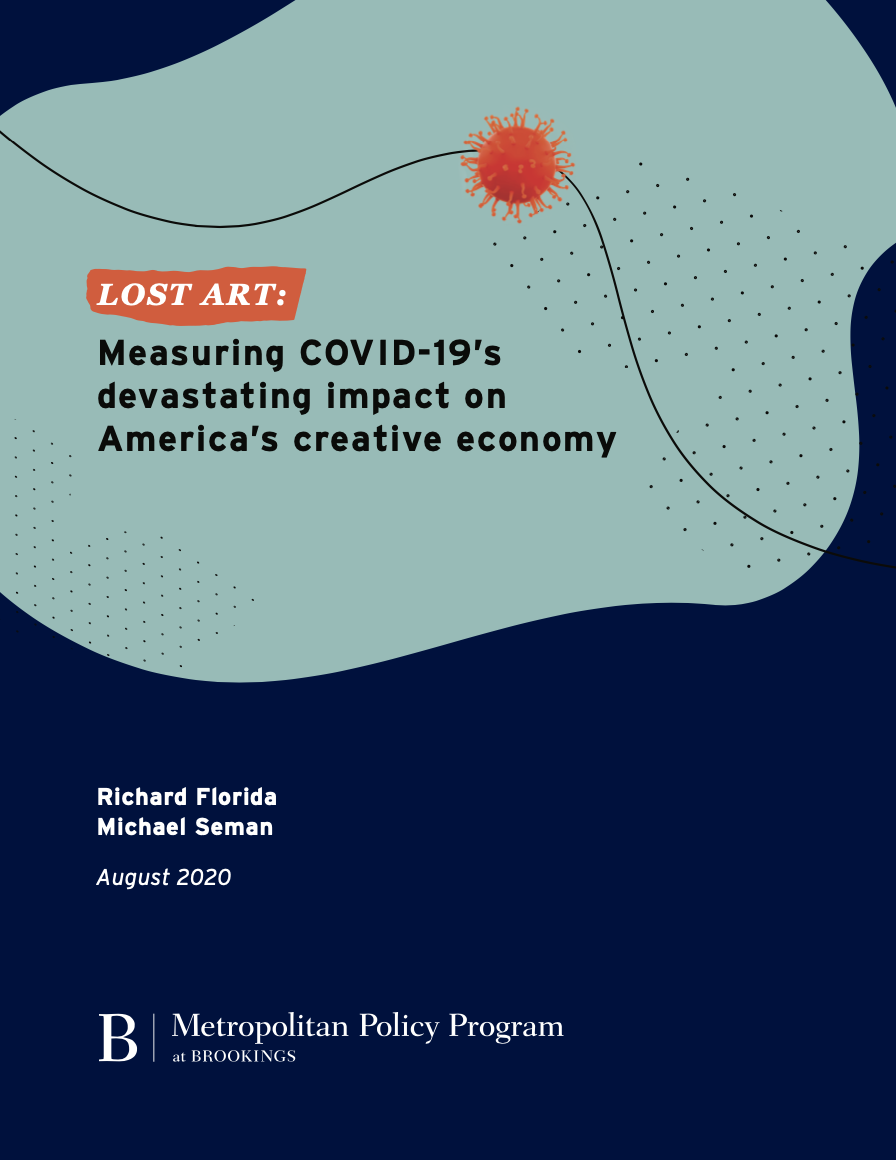Comparing Creative Economy Research: Brookings vs. BEA
The challenge in comparing the Brookings study and the BEA research is that (1) their methodologies are very different; (2) they define the arts, culture, and the creative economy differently; and (3) they cover different time periods.
The straight-up comparison opportunity seems to be jobs: Brookings report estimates 8.8 million creative economy jobs, while BEA says 5.1 million.
BEA’s 5.1 million jobs equals the number of workers employed in arts and cultural industries. Brookings includes that and workers in "creative" occupations—regardless of which industry employs them—such as a graphic designer who works in insurance firm (BEA would not count that particular graphic designer).
The BEA research is about 2017. The Brookings study covers losses April through July 2020.
The definitional differences are effectively based on which NAICS codes (a federal industry classification system) they decide to include/exclude.
- The BEA research is the broadest as it includes portions of non-arts industries such as construction, transportation, and education.
- The Brookings study keeps it closer to arts and creative economy, but it does include categories that BEA doesn’t, such as,
- NAICS 811420—Reupholstery and Furniture Repair
- NAICS 316210—Footwear Manufacturing
- NAICS 315240—Women's, girl's, and infant's cut an sew apparel manufacturing
- Both BEA and Brookings include industries that we wouldn’t argue with but don’t generally include under the AFTA umbrella, such as:
- NAICS 519110—News Syndicates
- NAICS 541860—Direct Mail Advertising
(The Brookings report is attached. See pp. 24-25, you will see the list of NAICS codes that Richard Florida uses in his report.)
Written by Randy Cohen

